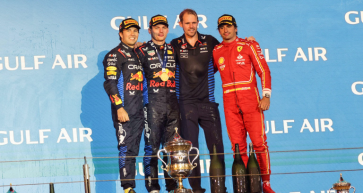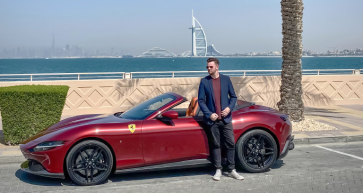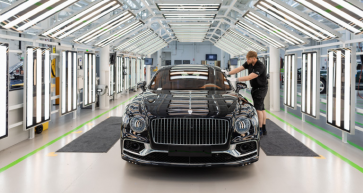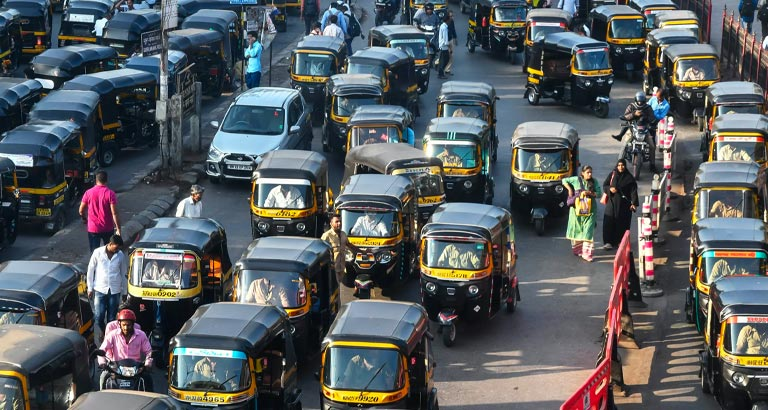
As part of Bahrain This Month’s special India in Bahrain feature, Kristian Harrison looks at one of the cultural cornerstones of Indian motoring, the rickshaw! A ubiquitous staple of the country’s roads, they are the most popular form of motorised transports in towns and cities.
The term ‘rickshaw’ originates from the Japanese word ‘jinrikisha’, which is ‘human-powered vehicle’ in Japanese. Indeed, it was there that the very first rickshaws were invented as a two- or three-wheeled passenger vehicles with a doorless, chair-like body, generally pulled by one person carrying one passenger. The first rickshaw is documented as being created by Izumi Yosuke in 1869 at the onset of a technological boom in the country.
In the late 19th century, hand-pulled rickshaws became an inexpensive, popular mode of transportation across Asia. Peasants who migrated to large Asian cities often worked first as a rickshaw runner, although it was one of the deadliest professions of the time due to the crippling exhaustion involved.
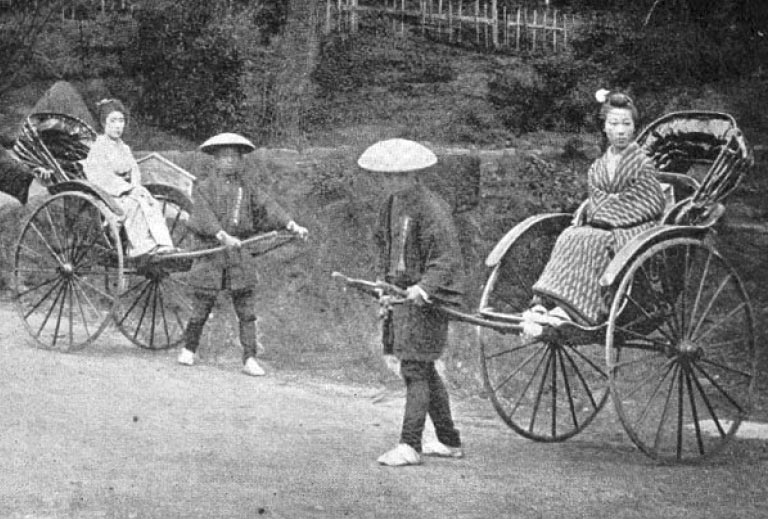 Rickshaws first appeared in India in around 1880, first introduced in Simla by the Christian missionary, Reverend J. Fordyce. At the turn of the century they were introduced in Calcutta and by 1914 were a conveyance for hire.
Rickshaws first appeared in India in around 1880, first introduced in Simla by the Christian missionary, Reverend J. Fordyce. At the turn of the century they were introduced in Calcutta and by 1914 were a conveyance for hire.
With the rapid advancements in technology in the early 20th century, pulled rickshaws quickly became obsolete as automated cars and trains became widely available. Furthermore, they were actually banned in numerous countries as a general consciousness about the treatment of the pullers grew and the obvious symbolism of class distinctions became an embarrassment.
Enter the era of the auto rickshaw. The look will be familiar to anyone who has visited eastern Asia; a sheet-metal body or open frame resting on three wheels; a canvas roof with drop-down side curtains; a small cabin at the front for the driver operating handlebar controls, and a space at the rear for usually a maximum of three passengers.
The Mazda-Go, a three-wheel open ‘truck’ released in 1931 is often considered the first of what became auto rickshaws. Numerous companies from across Asia began to develop their own version through the year, but in the modern market India is by far and away the largest manufacturer. Bajaj Auto alone the largest individual producer, sold 780,000 last year.
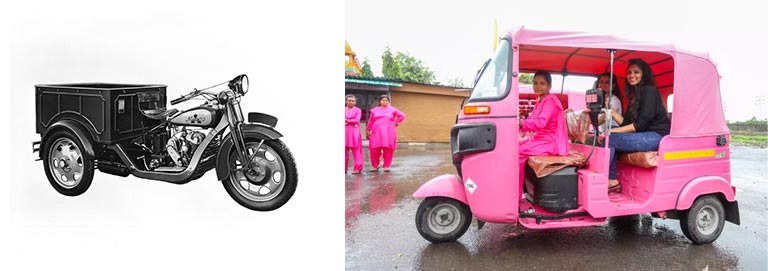 Auto rickshaws provide cheap and efficient transportation throughout India. Modern auto rickshaws run on compressed natural gas (CNG) or liquefied petroleum gas (LPG) due to government regulations, which has seen a huge reduction in pollution in cities such as New Delhi and Kolkata.
Auto rickshaws provide cheap and efficient transportation throughout India. Modern auto rickshaws run on compressed natural gas (CNG) or liquefied petroleum gas (LPG) due to government regulations, which has seen a huge reduction in pollution in cities such as New Delhi and Kolkata.
Furthermore, steps have been taken to make rickshaw travel safer for women in India. Many state governments have launched the Pink Rickshaw initiative, whereby women travel on pink rickshaws without the fear of being harassed or assaulted, with features such as a panic button and GPS tracking fitted as standard.
Modern electric auto rickshaws, which run on electric motors and have high torque and loading capacity with better speed, are also gaining popularity in India. Many rickshaw drivers are moving to electric three-wheelers as the prices of CNG is very high and the government is also taking actions to convert current CNG and diesel rickshaws to electric rickshaws as part of the push for e-mobility through the national FAME-II scheme.
As of the latest figures, in 2022 India has about 2.4 million battery-powered, three-wheeled rickshaws on its roads. Some 11,000 new ones hit the streets each month, with the main hindrance to adoption being the paucity of charging stations. With only 2,800 currently in India, it’s clear that more work needs to be done to keep this Indian icon powering along.

